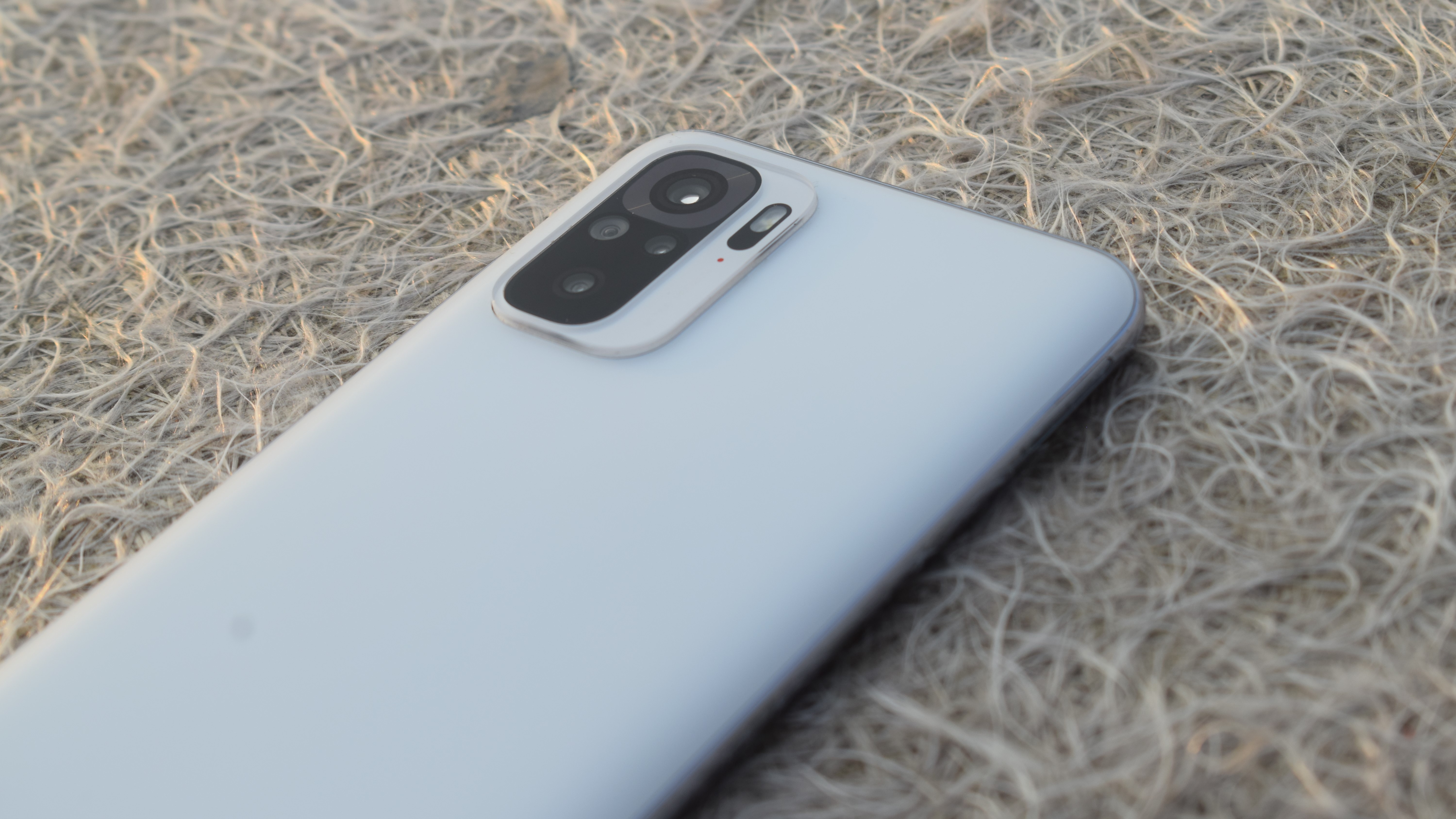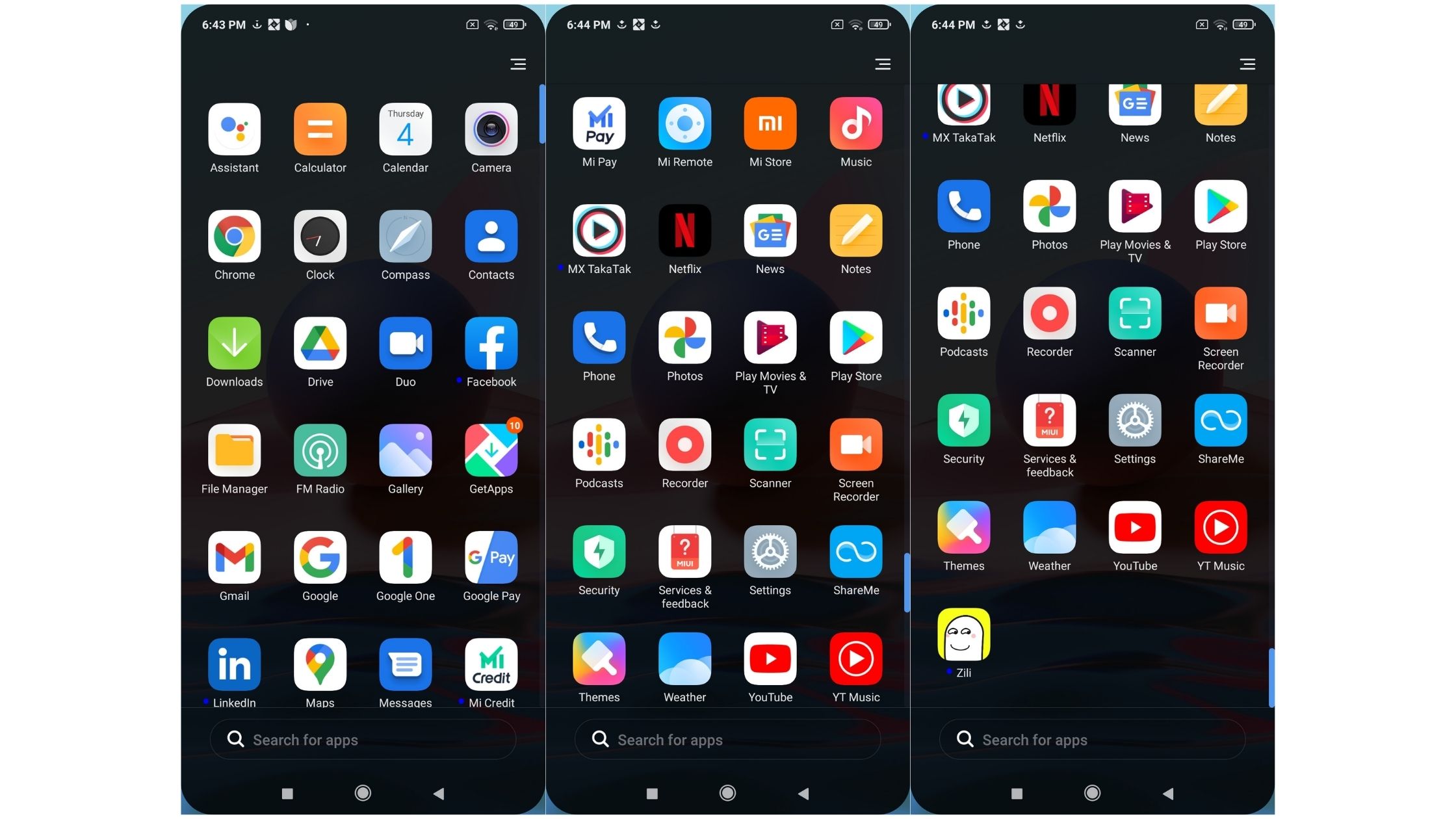TechRadar Verdict
The Redmi Note 10 is an excellent upgrade from the last-gen devices and overall one of the best phones under Rs 15,000 that we can recommend. It has an excellent display, offers good performance and has a reliable battery life. Though, it might be worth keeping an eye out for the Realme 8.
Pros
- +
Excellent display
- +
Good performance
- +
Sleek design
- +
Reliable battery life
Cons
- -
Camera needs work
- -
MIUI 12 is still not perfect
Why you can trust TechRadar
Two minute review
The Redmi Note 10 is the cheapest of the three Redmi Note 10 series devices for 2021. Each year, be it our buying guides or the awards when it comes to the budget phone category, the Redmi Note series has always been one of the top contenders. The Redmi Note series landed on Indian shores back in 2014 and fast forward to 2021, we have the 10th generation of Redmi Note devices. The Redmi Note 10 falls in one of the most demanding and crowded segments in India - the sub Rs 15,000 price band.
The Redmi Note 10 continues the legacy that we all know. Performance and Battery was never an issue with the Redmi Note series and the same trend continuous here as well. The new Snapdragon 678 SoC makes its debut in India with the Note 10. It is quite a capable one chipset with a robust performance while handling the software.
In terms of battery life, the device will easily last a day and to back that up, Redmi is now offering a 33W fast charger in the box. One area where the Redmi Note series lacked was in terms of the display, and Xiaomi has finally addressed this issue now. The whole Redmi Note series now comes with a Super AMOLED display. The Redmi Note 10 has a superb AMOLED panel with a peak brightness of 1100nits.
The new Evol design gives the phone a premium look and is light and handy to use. As for the optics, the 48MP quad-camera setup on the back performs well in the daylight but struggles in low-light. Selfies come out just above average here.
Lastly, the software allows amongst the most customizable skins in the market, but it still needs some work and the upcoming MIUI 12.5 should make things smoother. Overall, for under Rs 14,000, the Redmi Note 10 brings a superb AMOLED panel, a capable chipset, decent set of cameras, and battery life that’s reliable as always. Needless to say, this phone gets a thumbs up from us.
However, it might be worth waiting for the Realme 8 launch next week, which is expected to offer a similarly competitive package.
Redmi Note 10 price in India and availability
In India, the Xiaomi Redmi Note 10 is priced at Rs 11,999 for the 4GB + 64GB variant and Rs 13,999 for 6GB + 128GB. It is available in three colour options - Aqua Green, Shadow Black and Frost White. The phone is available on Amazon, Mi Home, and Mi Stores.
Sign up for breaking news, reviews, opinion, top tech deals, and more.
Redmi Note 10 specs
- Processor: Snapdragon 678
- Display: 6.43-inch Full HD+ Super AMOLED, 60Hz
- RAM: 4/6GB LPDDR4X
- Storage: 128GB UFS 2.0, microSD card support
- Rear camera: 48+8+2+2MP
- Front camera: 13MP
- Battery: 5,000mAh, 33W fast charging
- OS: Android 11, MIUI 12
- Weight: 178.8 grams
- Thickness: 8.2mm
- Colours: Aqua Green, Shadow Black and Frost White
Design

Xiaomi has come up with a new design language for the Redmi Note 10 series which it calls Evol. Basically, it is a polycarbonate back and the camera module that is designed to look like it's a premium phone. The phone is available in three colourways - Aqua Green, Shadow Black and Frost White. We are using the Frost White variant which has a nice matte finish touch.
In terms of the ergonomics, the Redmi Note 10 is actually 0.6mm thinner and weighs 20.2 g lighter than the Redmi Note 9 measuring at just 8.2mm and 178.8 grams. The fingerprint scanner is now embedded in the power button on the side. To the bottom, you get a 3.5mm headphone jack, mic, Type-C port, and speaker out and on the top there is an IR blaster, a secondary mic, and a secondary speaker outlet.
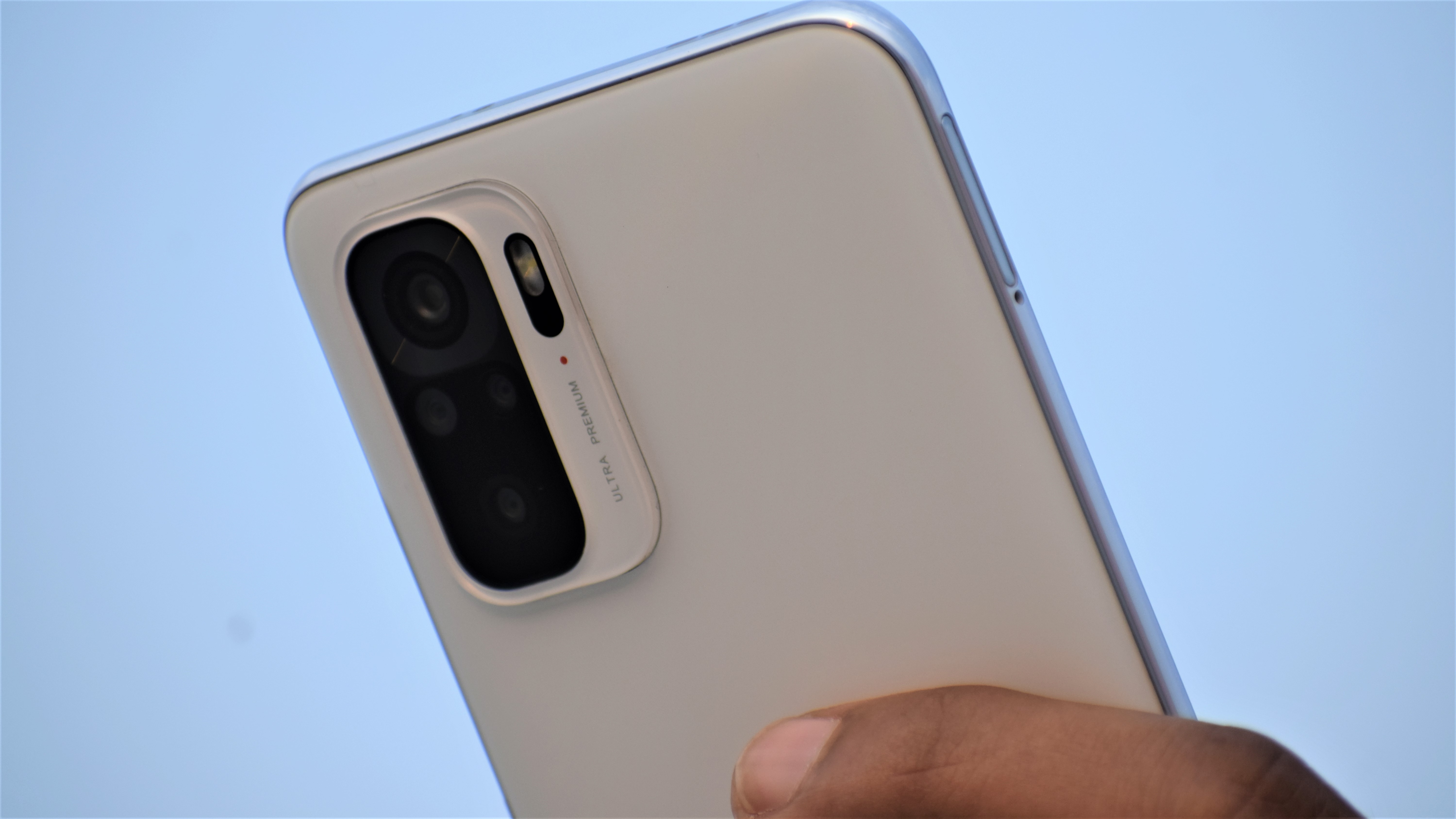

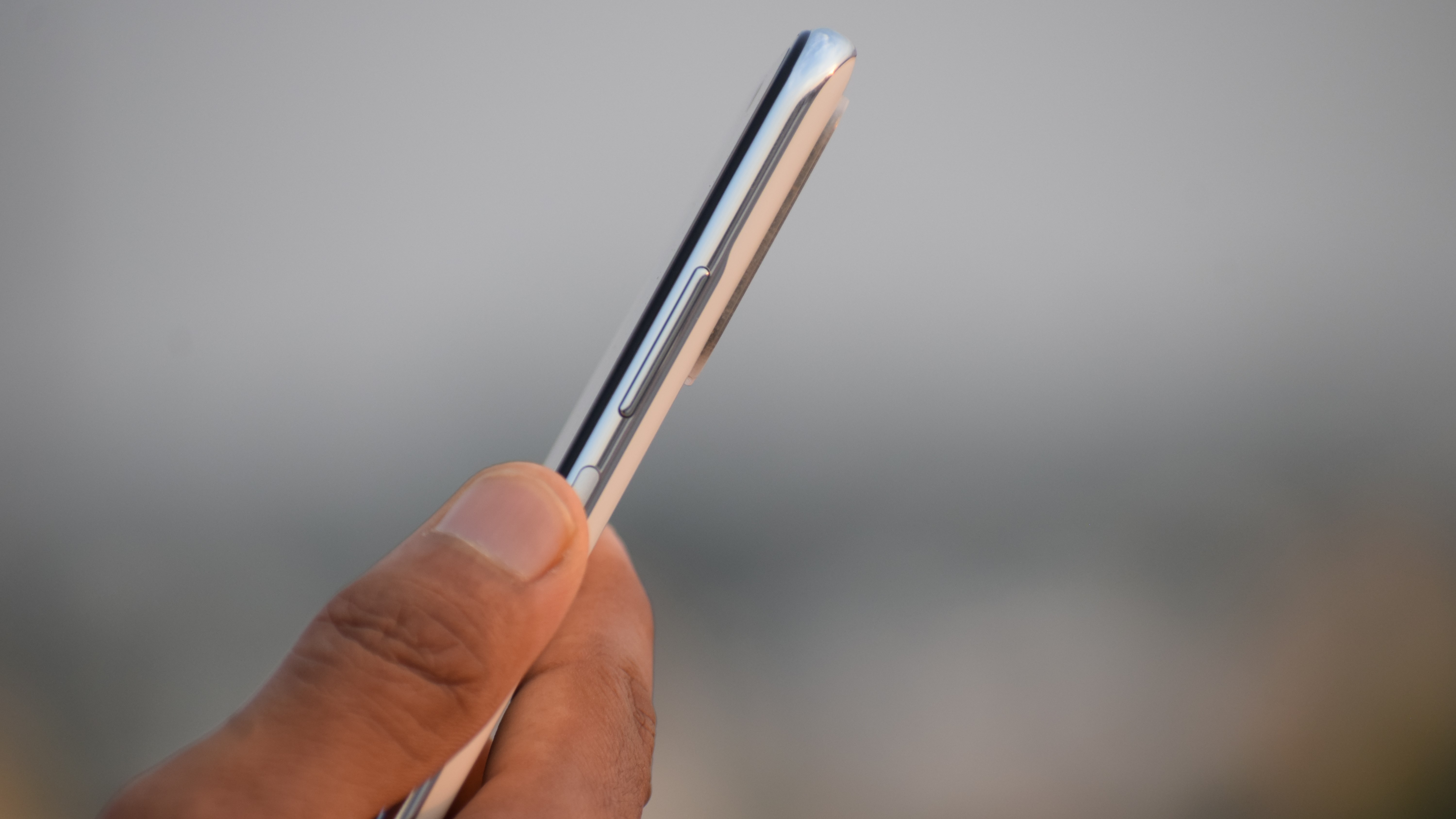
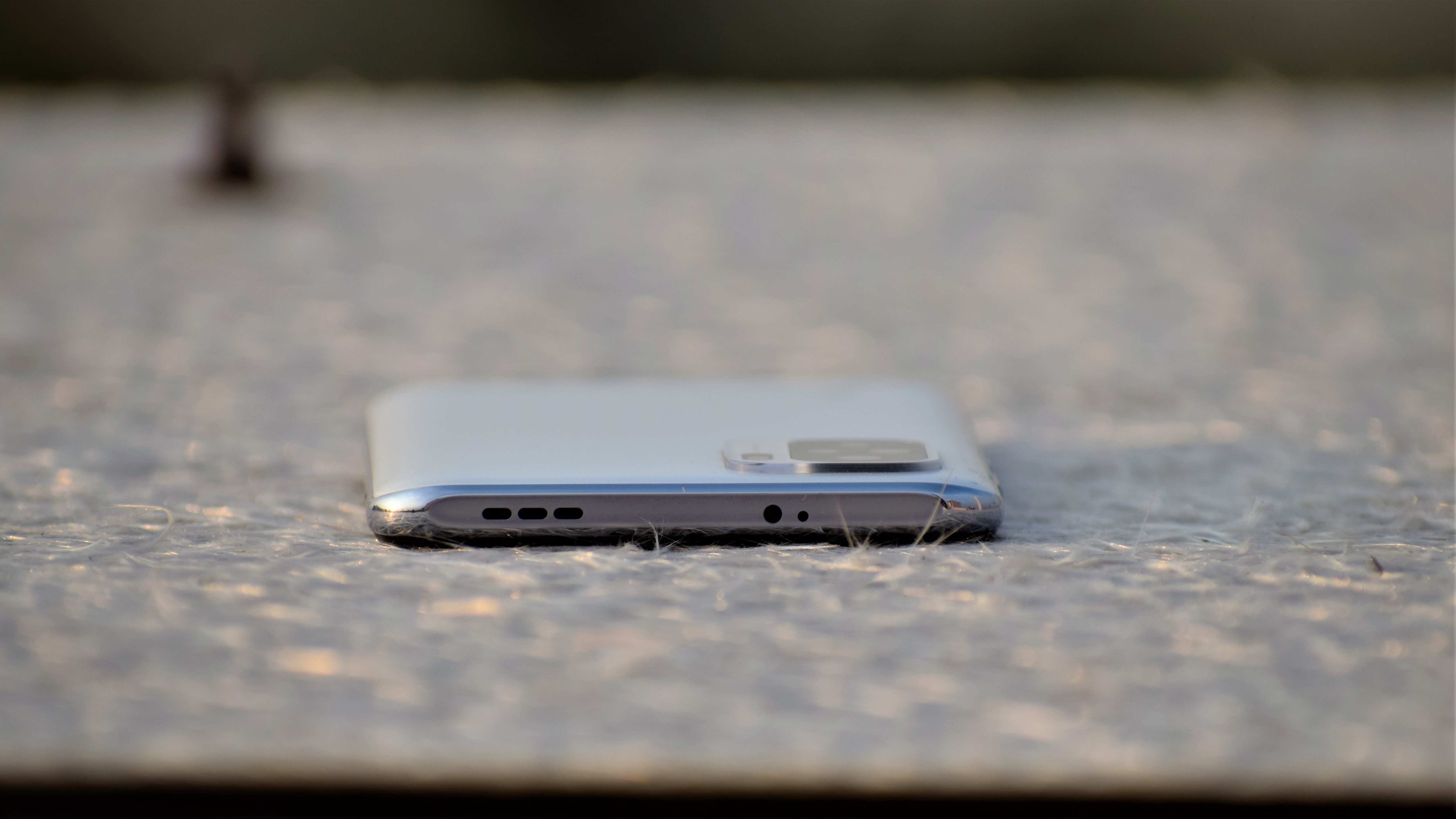
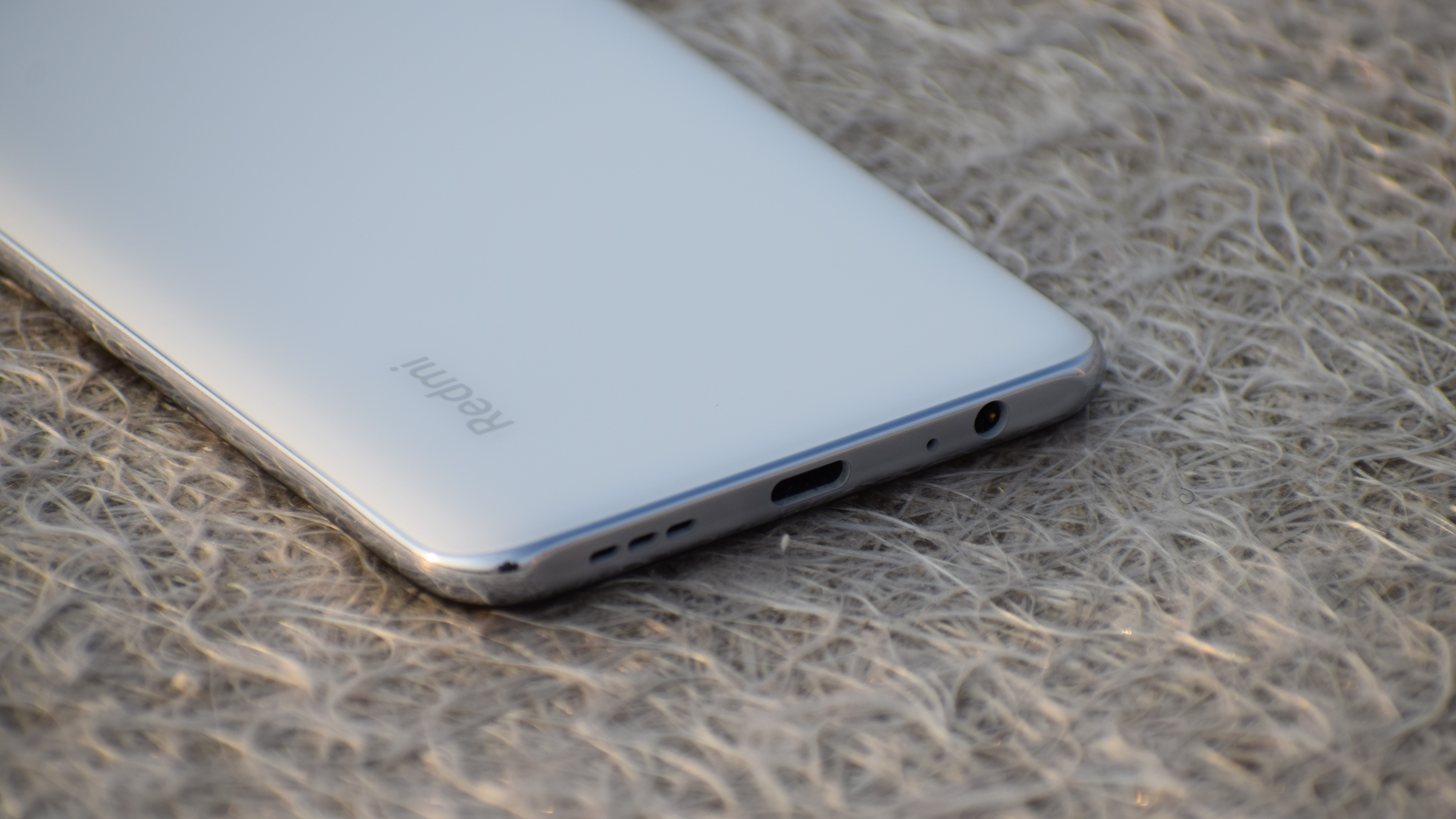
To the back, you get the quad-camera setup which has four camera lenses cemented in three rows with a 1+2+1 structure along with dual-LED flash. The module is chunky and protrudes fairly. There is also a small, but subtle Redmi logo on the back of the phone. On the front, you get a centre punch-hole camera with just tiny, but not as tiny as the Pro variants. The front also houses the Super AMOLED display which is covered by Corning Gorilla Glass 3.
The rear panel of the phone is curved which offers an excellent in-hand feel and grip. The matte texture feels pretty premium although it's a plastic build. In terms of look, the design of the phone is definitely a stand out feature especially from the back as it has a somewhat Mi 11-inspired camera module design - the White variant looks pretty classy and also didn’t attract dust or fingerprints.
Lastly, you also get a case inside the box and the phone is IP53 rated for protection against water and dust.
Display
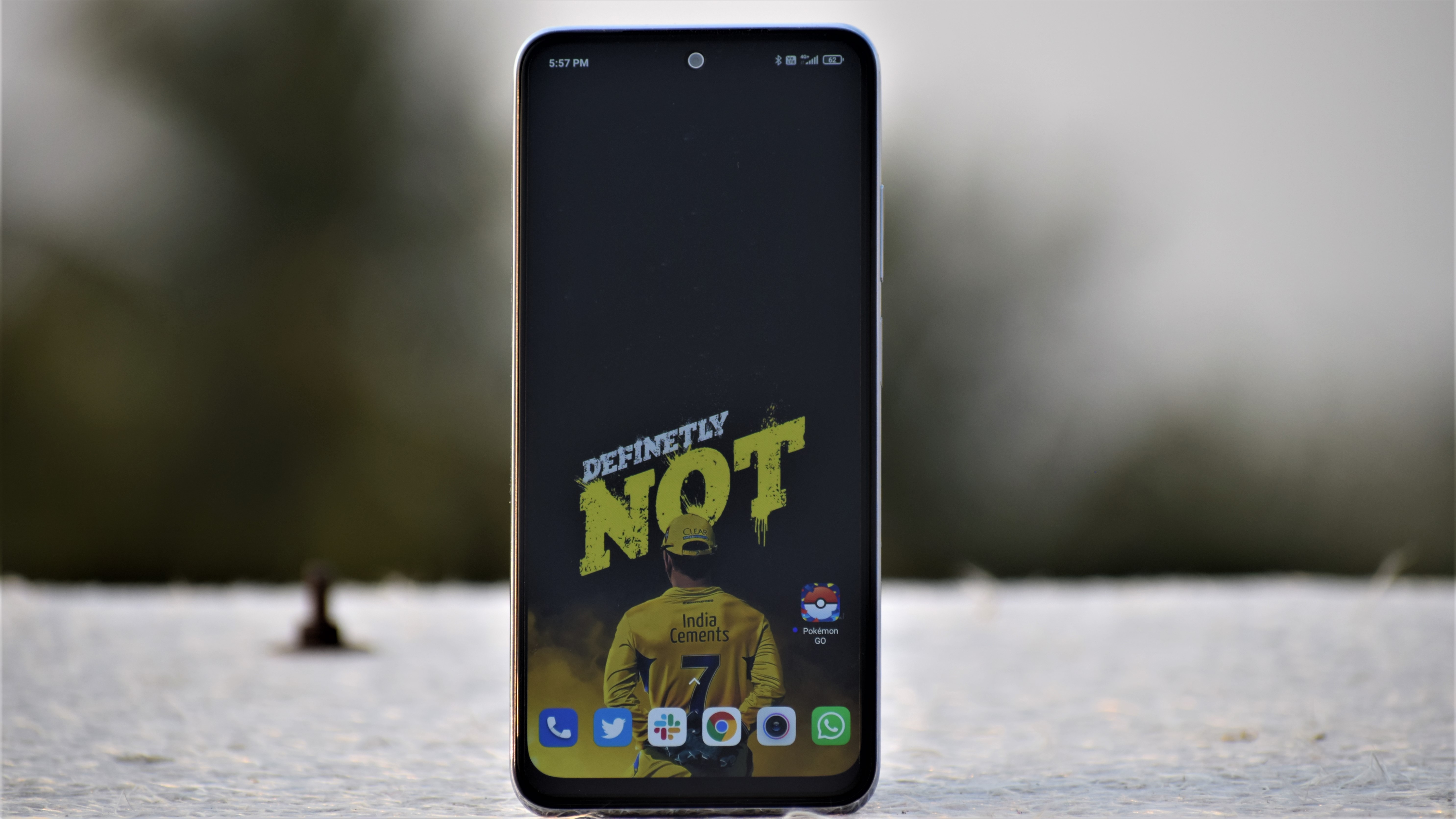
The Redmi Note 10 has stepped up from its predecessor in every way, with Xiaomi finally addressing the display, which was a pet peeve for several years now. The device comes with a Super AMOLED display spanning over a 6.43-inch screen with a Full HD+ 2400 x 1080 pixels resolution.
It has a 100% DCI-P3 colour gamut, and a 180Hz touch sampling rate. However, it misses out on the high refresh rate and you are getting a standard 60Hz panel. It also has Gorilla Glass 3 protection on the front. Thanks to the peak brightness of 1,100 nits, the phone is reliable even outdoors.
The AMOLED + high refresh rate combo is something that we’ve not seen in the sub Rs 15,000 market. However, the Redmi Note 10 is one of the few phones in the segment to offer a Full HD+ AMOLED display under Rs 14,000.
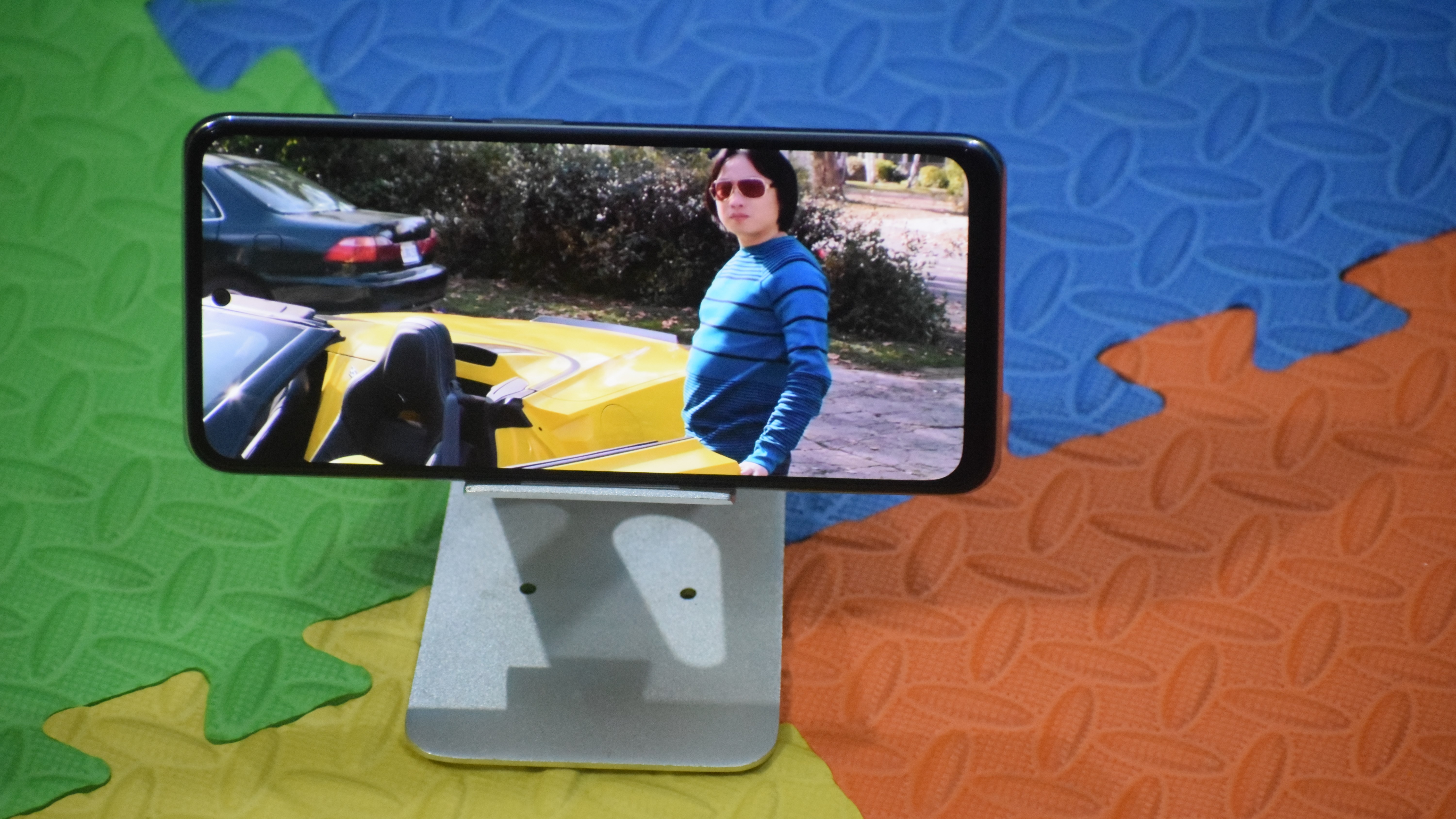
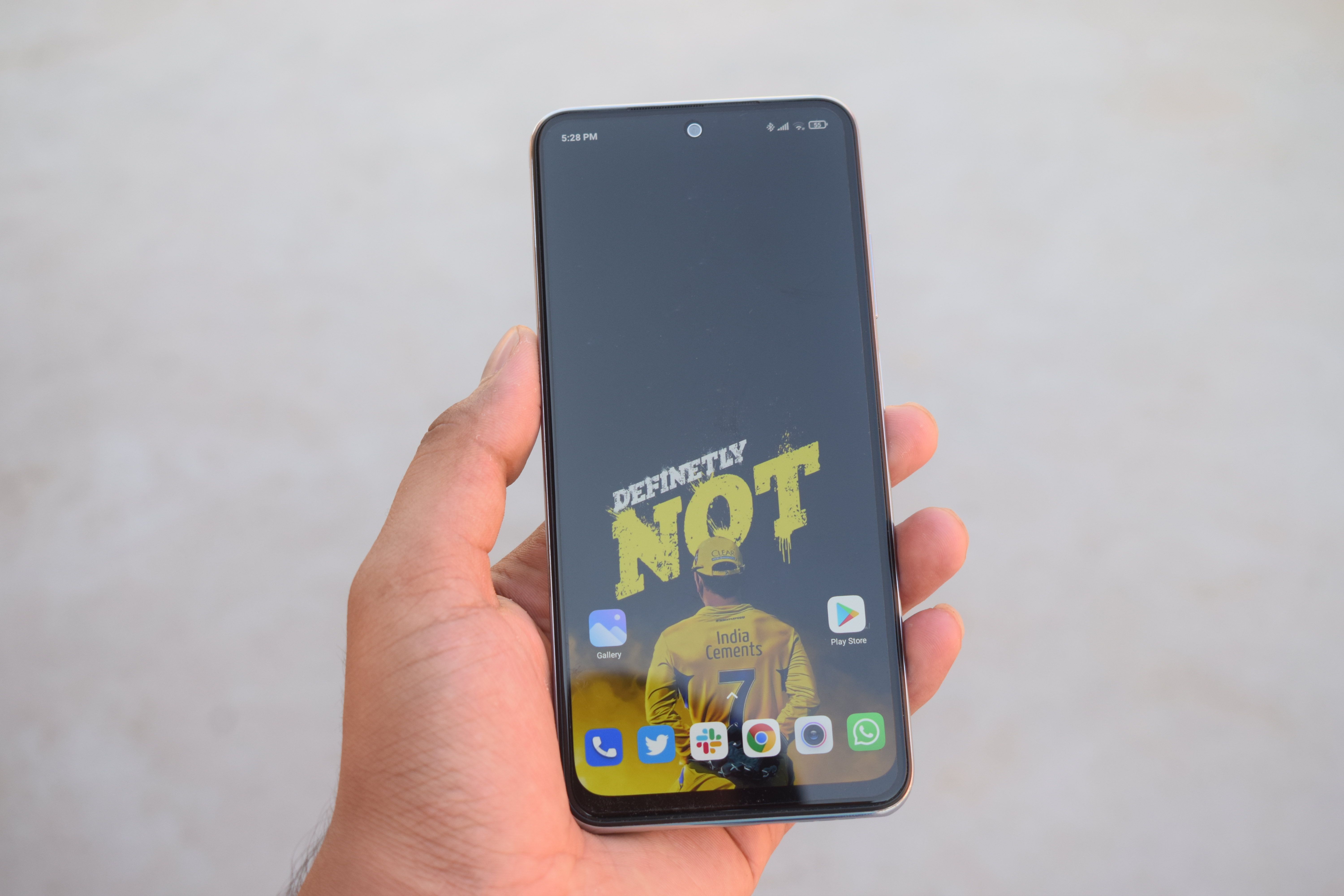
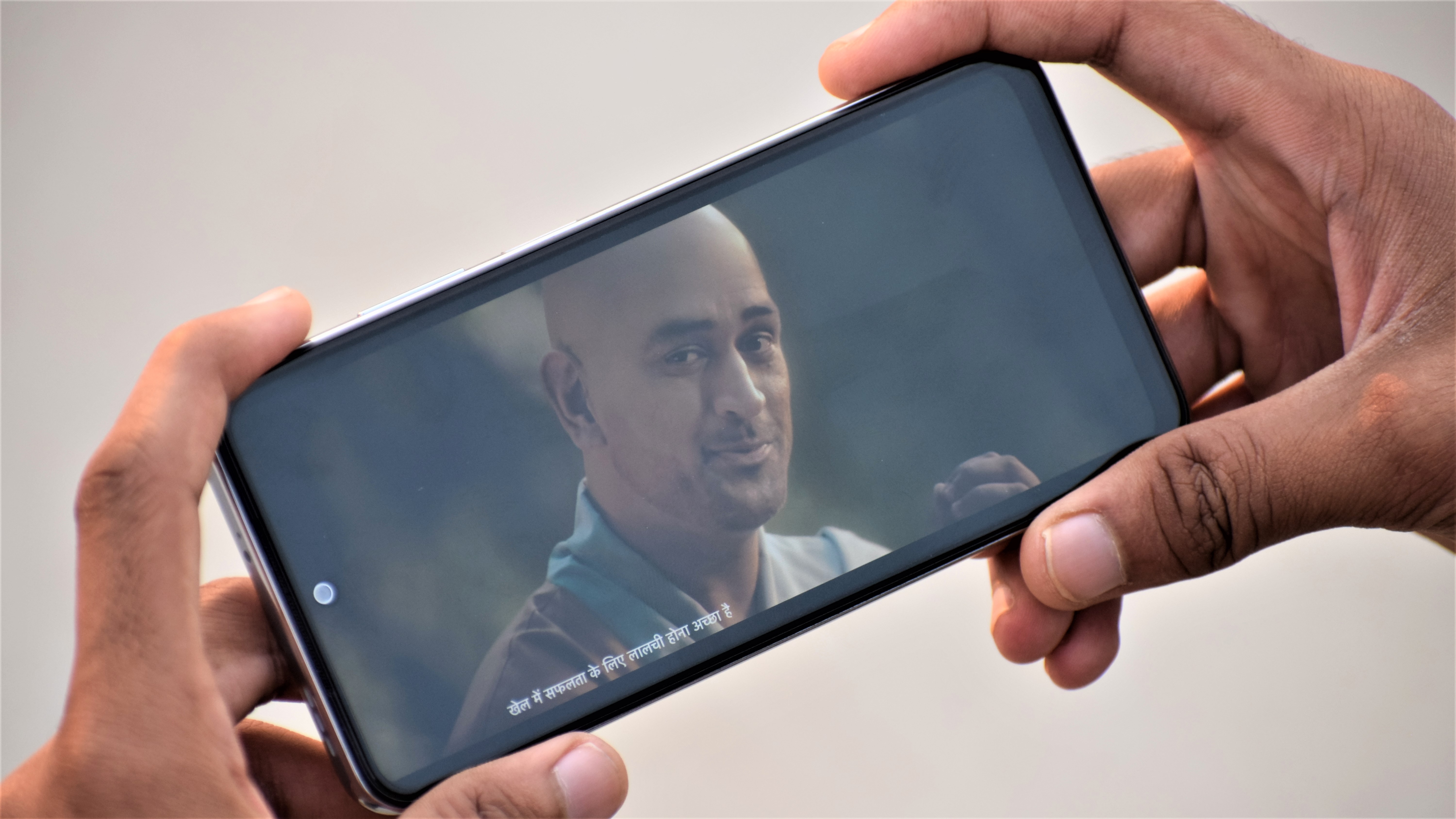
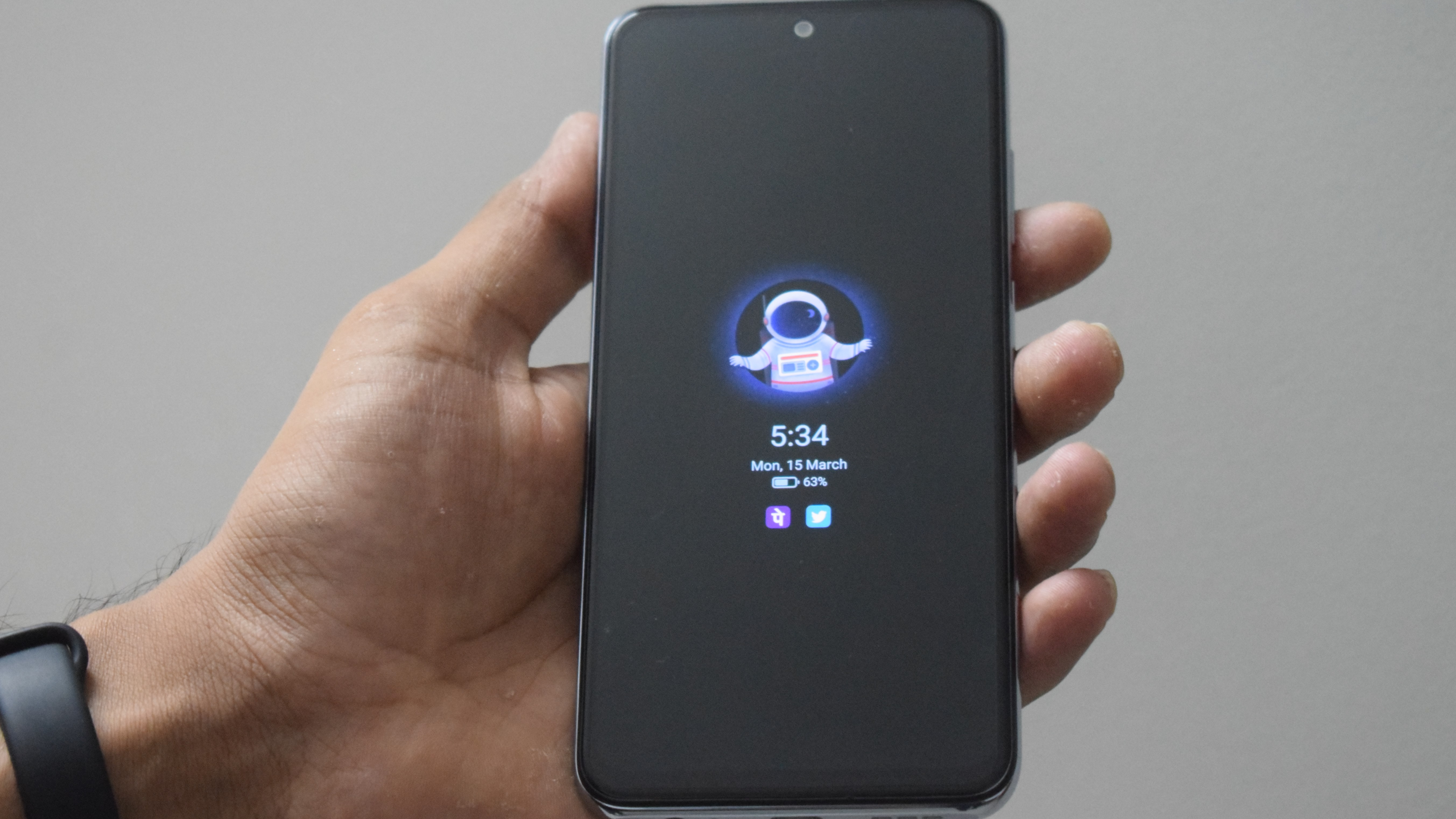
What we noticed immediately is the panel quality right up front. The Redmi Note 10 has a screen that is crisp, bright, and produces vivid colours. Though the device misses out on the HDR certification, we could still play HDR videos on YouTube. The viewing angles are also good here - we had no issues while watching a match or any other content from OTT apps. You get Widevine L1 certification to stream HD content from Amazon Prime, Netflix, and more.
As for the features around the display, you get Light mode and Dark mode, scheduled dark mode, a reading mode that reduces strain to your eyes, and Always on Display support. You can also adjust the colour scheme as per your preference - Auto, Saturated, and Standard.
There is a dedicated setting menu for Always-on Display(AOD) and Lock screen which offers you a lot of customization options that includes a selection of themes for AoD, text, text colour, clock, battery and notifications. You can also select a signature(text), clock, kaleidoscope, and even your own image from the gallery to set as an AoD image.
While the display on the Note 10 is smaller than the Note 9(6.58”), the display is one aspect the Redmi Note 10 stands out from the crowd, thanks to the use of an impressive AMOLED screen. Xiaomi has not just used an AMOLED for the sake of it, it is a quality panel and you will enjoy the display, just like we did. This is one of the best displays we’ve come across in this segment.
Performance
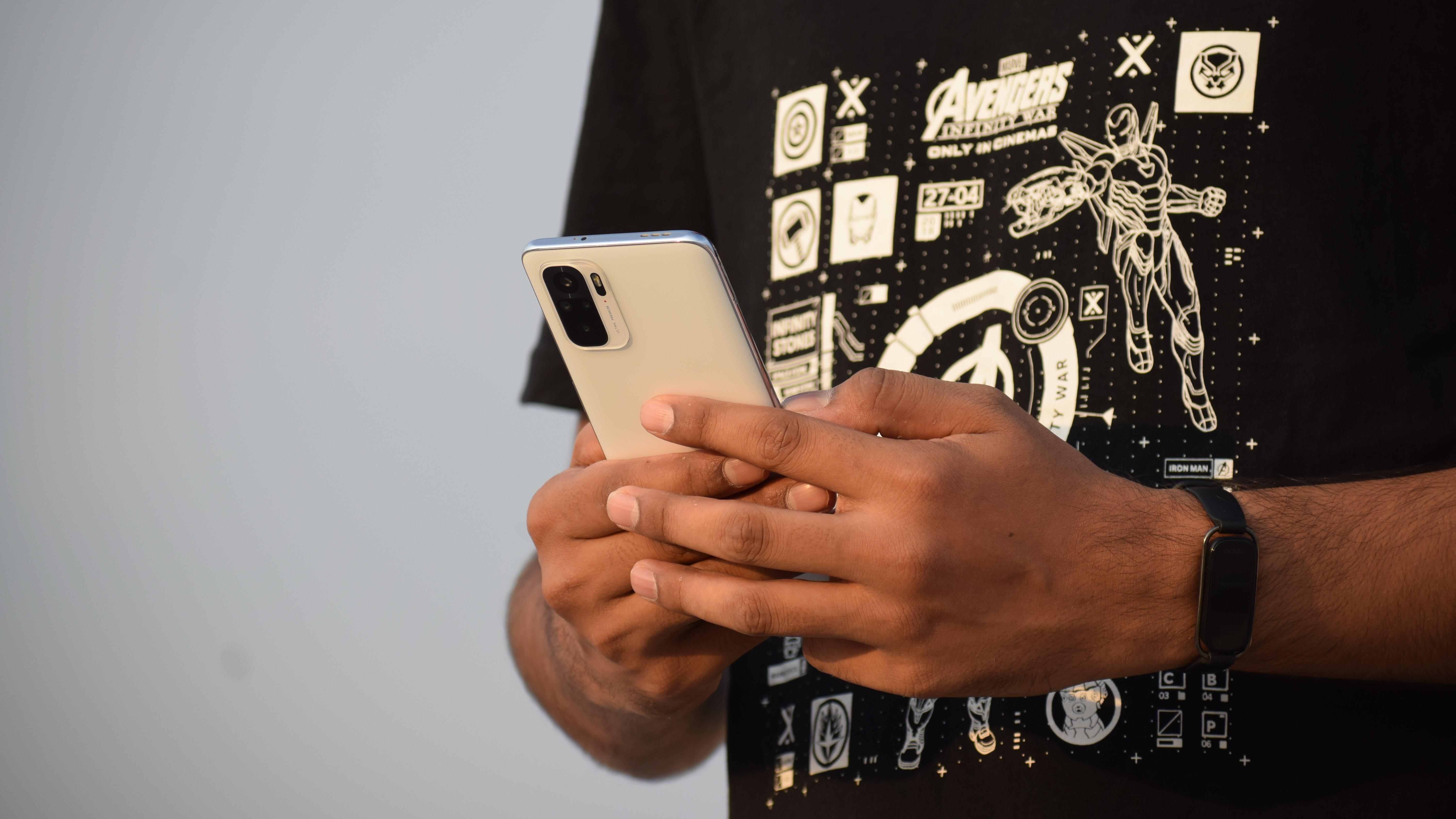
The Snapdragon 678 made its debut in India with the Redmi Note 10. To be honest, the Snapdragon 662 and 665 were underwhelming chipsets from Qualcomm and we had high hopes on the Snapdragon 678 which is the successor to the Snapdragon 675. The Snapdragon 678 is an octa-core chipset built on top of an 11nm process with a 2.2GHz clock speed. Adreno 612 is present to take care of the graphics and gaming.
The Redmi Note 10 comes in two configurations: 4GB LPDDR4X RAM and 64GB UFS 2.2 internal storage and 6+128GB. You also get a dedicated MicroSD card slot that supports up to 512GB.
In real life usage, the Redmi Note 10 ran pretty smoothly and day to day tasks such as opening multiple apps and switching between apps were no issues at all. The chipset is very capable to run everyday tasks and it also handled the MIUI 12 skin pretty well. It’s no OnePlus 8T, Mi 10T, or Samsung flagship when it comes to opening and switching between apps, but after using phones like Poco M3 and Redmi 9 Power, the Redmi Note 10 feels performance way better than what we had experienced on those phones.
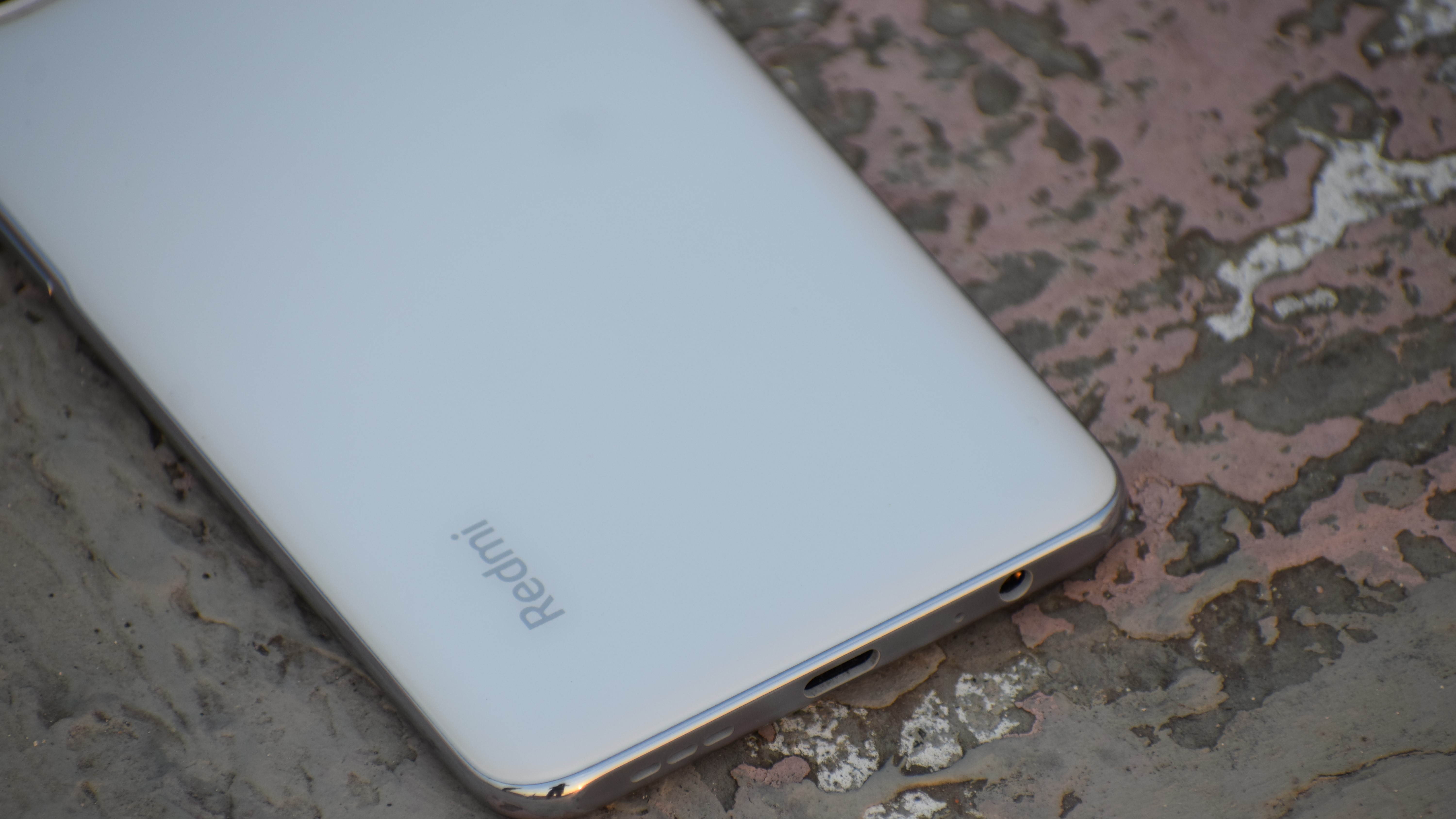

On the gaming front, the device could handle games like Asphalt 9, COD Mobile, and Pokemon Go pretty well, we faced a few frame drops and stutter during the gaming. The phone also warmed up a bit as we played for around 30 minutes. The phone also comes with dual stereo speakers which are crisp and loud - you will enjoy watching content or playing games on the phone.
In a nutshell, the CPU centric performance for day to day tasks are handled easily on the Redmi Note 10 and things are expected to improve with the MIUI 12.5 update expected in a few months from now.
As for the connectivity, the phone brings dual-band Wi-Fi support, Bluetooth 5.0 with AAC codec support, and for navigation the phone comes with GPS/AGPS, GLONASS, BeiDou while NavIC which was present on the Redmi Note 9 series is absent.
The call quality was also good on the phone - we had no issues with Jio network VoWi-Fi calling and the regular calls.
Cameras


The Redmi Note 10 comes with a quad-camera setup on the rear which is arranged in a Mi 11 series-inspired design. It has a primary 48MP Sony IMX582 main lens on the top, the 8MP ultra-wide lens and 2MP macro lens sit in the second row while the 2MP depth sensor sits on the bottom of the camera module. Next to the camera module, there is a dual-LED flash - all of these sit in a single module that flushes out the rear panel with a decent amount of protrusion.
The rear camera module looks pretty slick - especially in the Frost White colour and gives it a premium look as well. The camera performance on the device was mostly good.
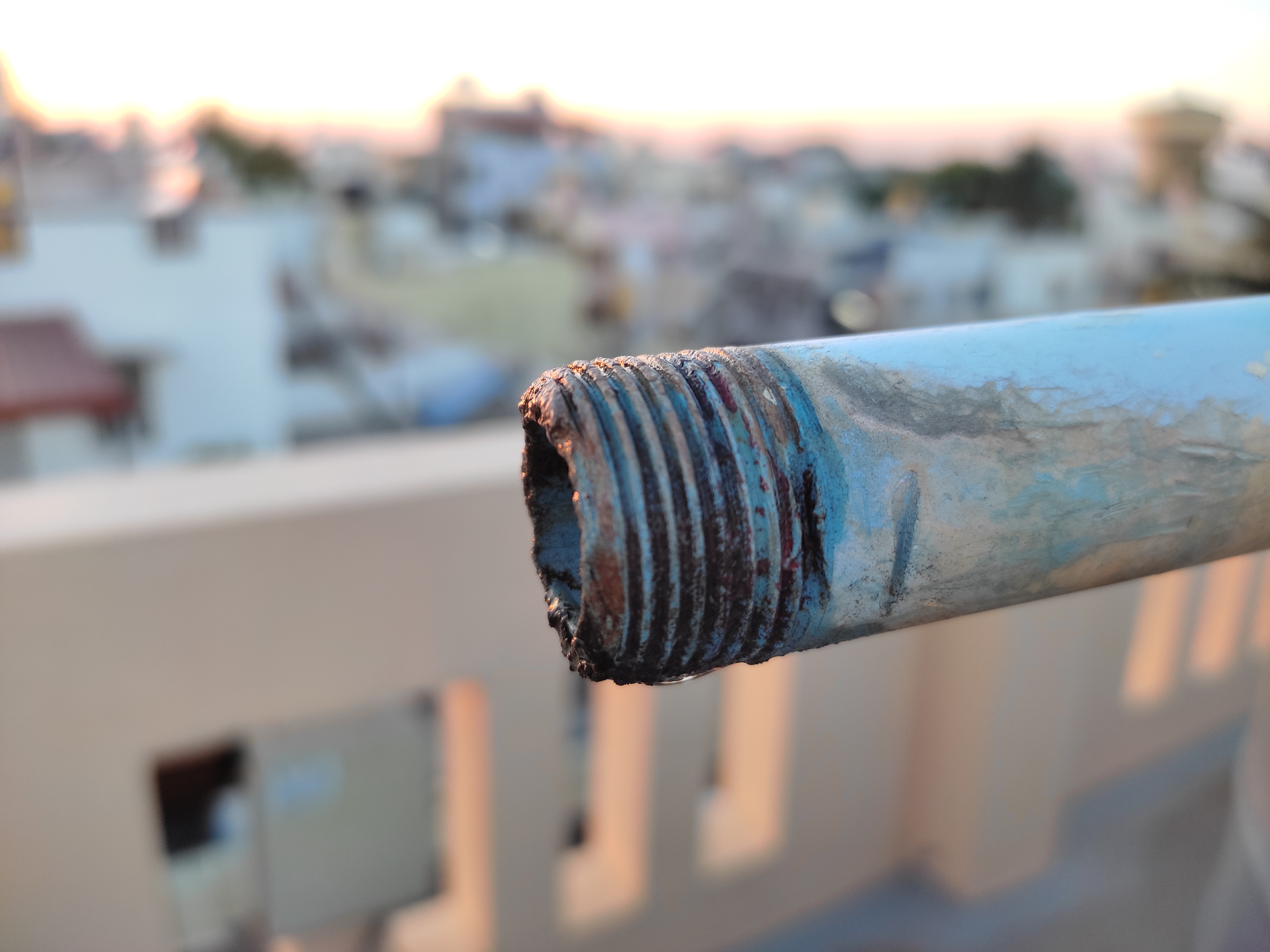



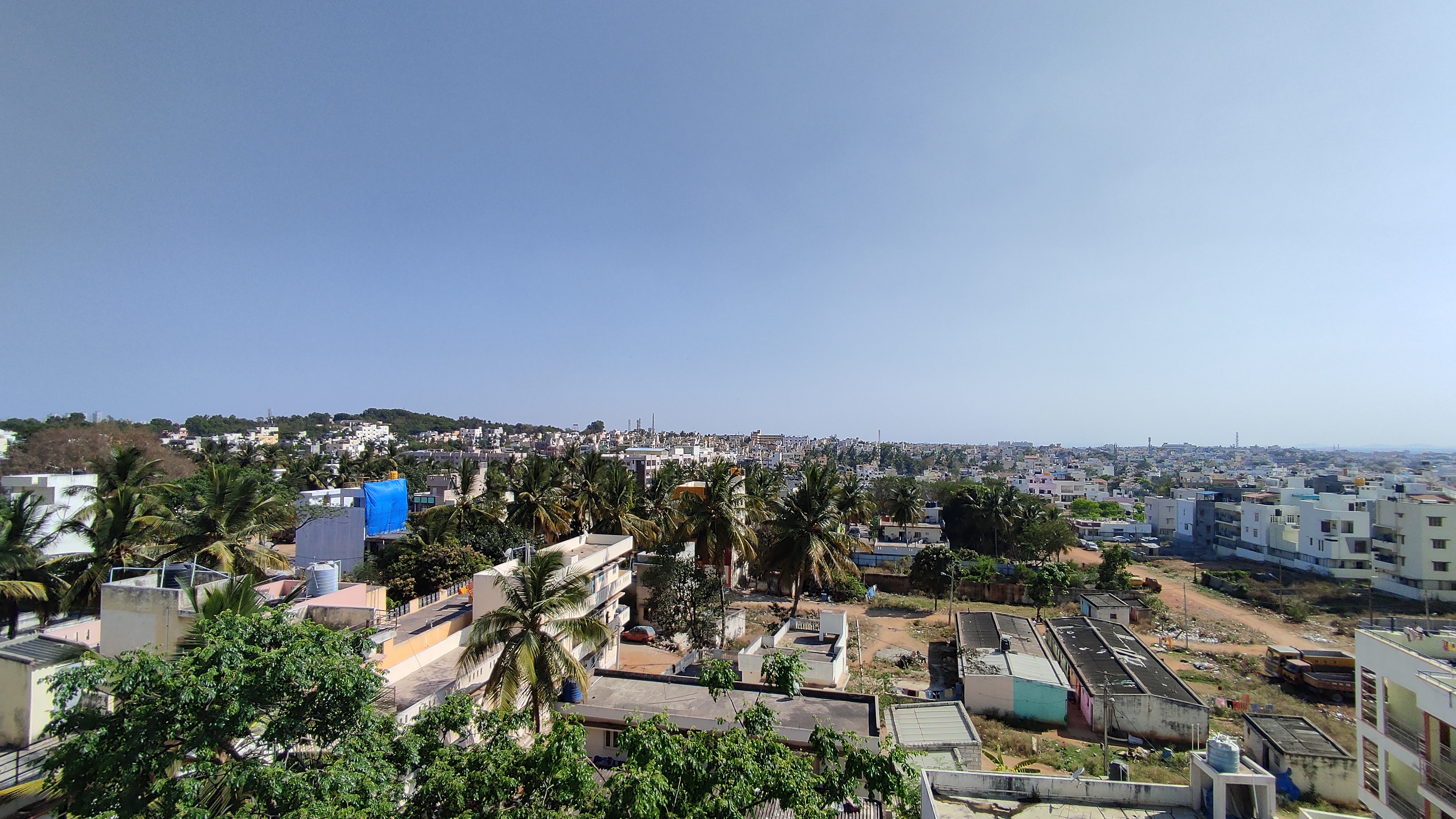

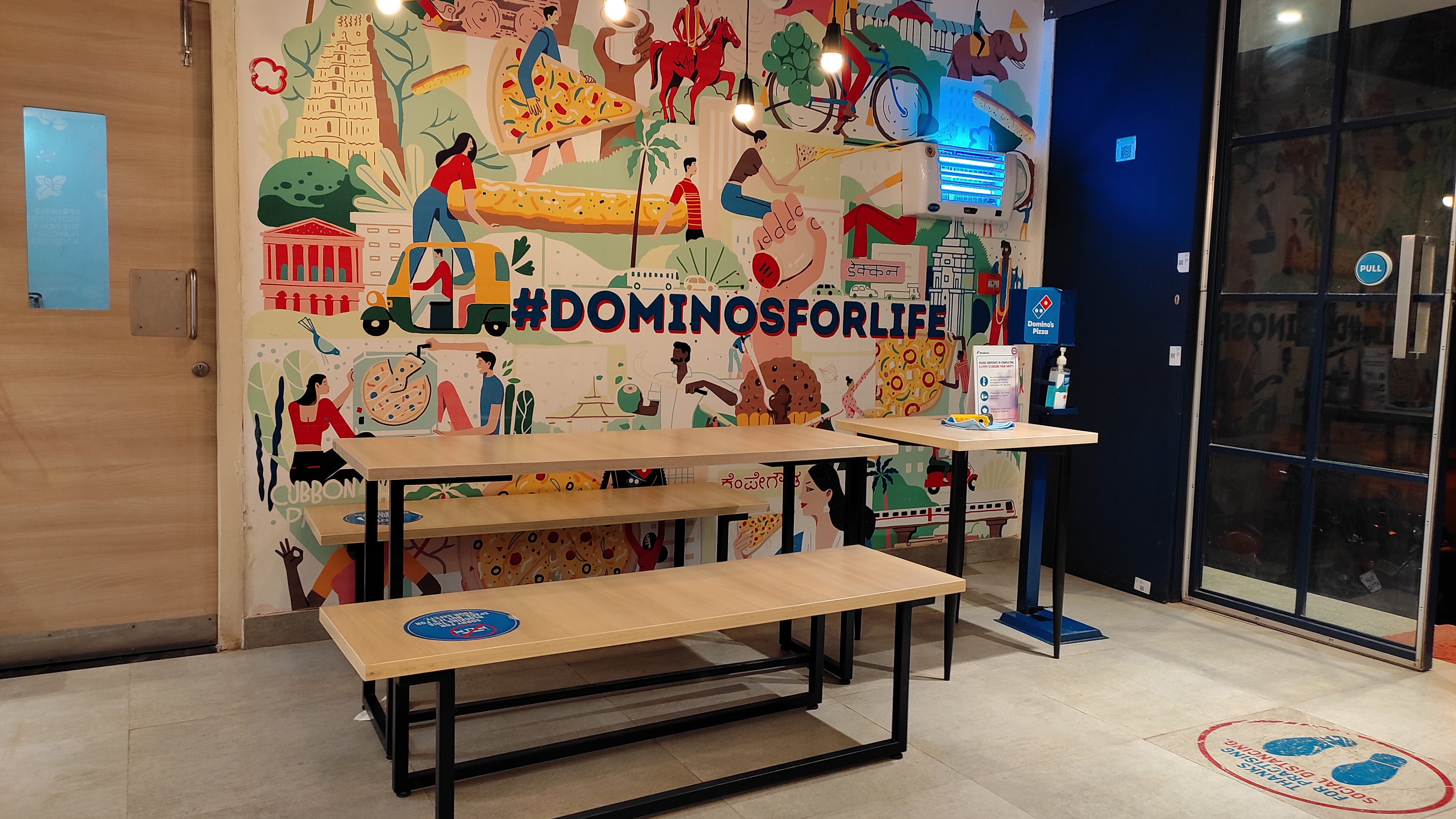



The pictures taken from the primary camera are taken in 12MP by default and you will have to manually enable the 48MP mode. The pictures taken from the main camera in daylight produce great details, sharpness, dynamic range, and accurate colours. Details are great for daylight shots and overall, you will be happy with the results. The 48MP mode offers you more detail when you zoom in and see. The white balance is good enough and the exposures are also handled well.

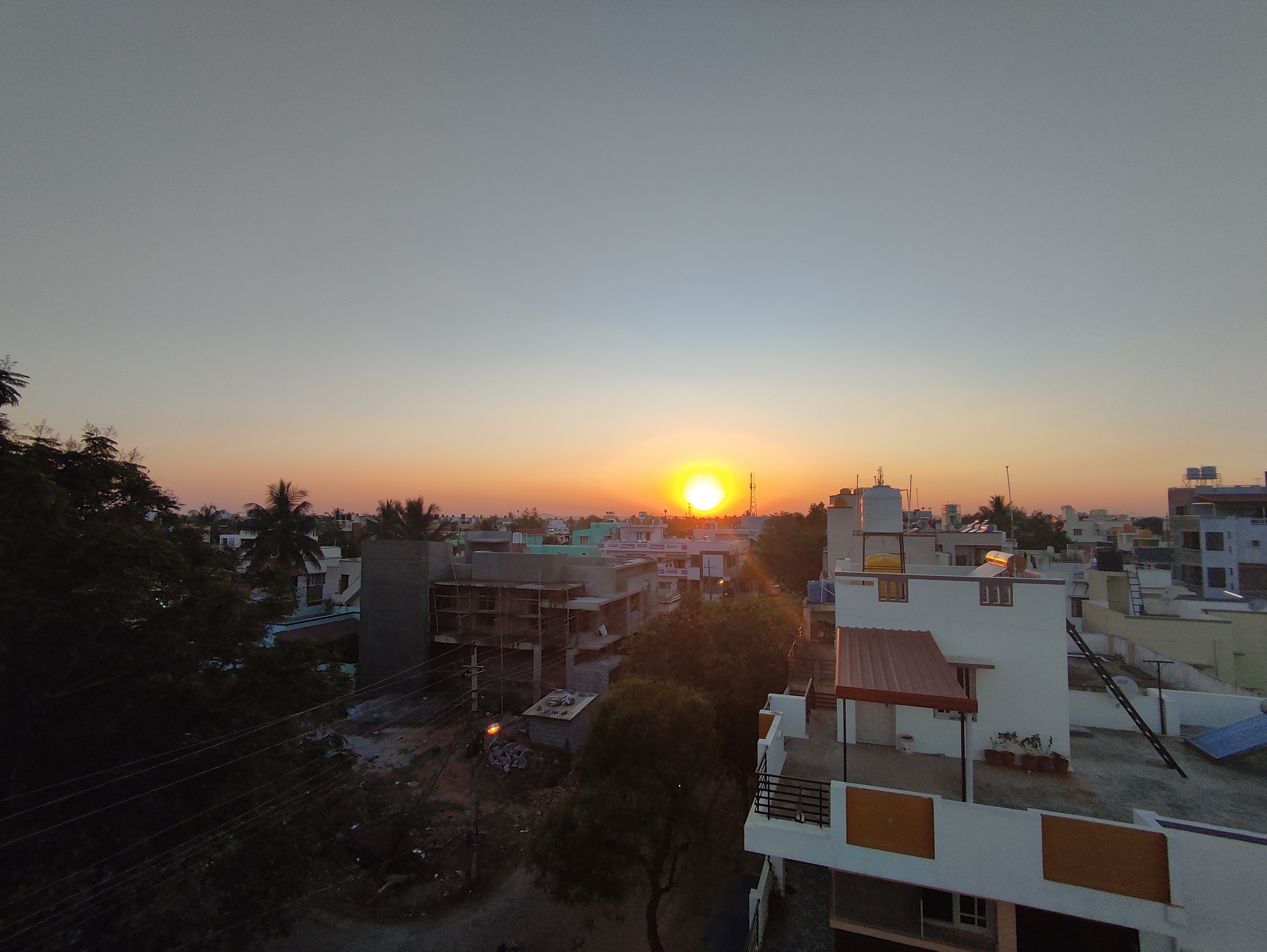
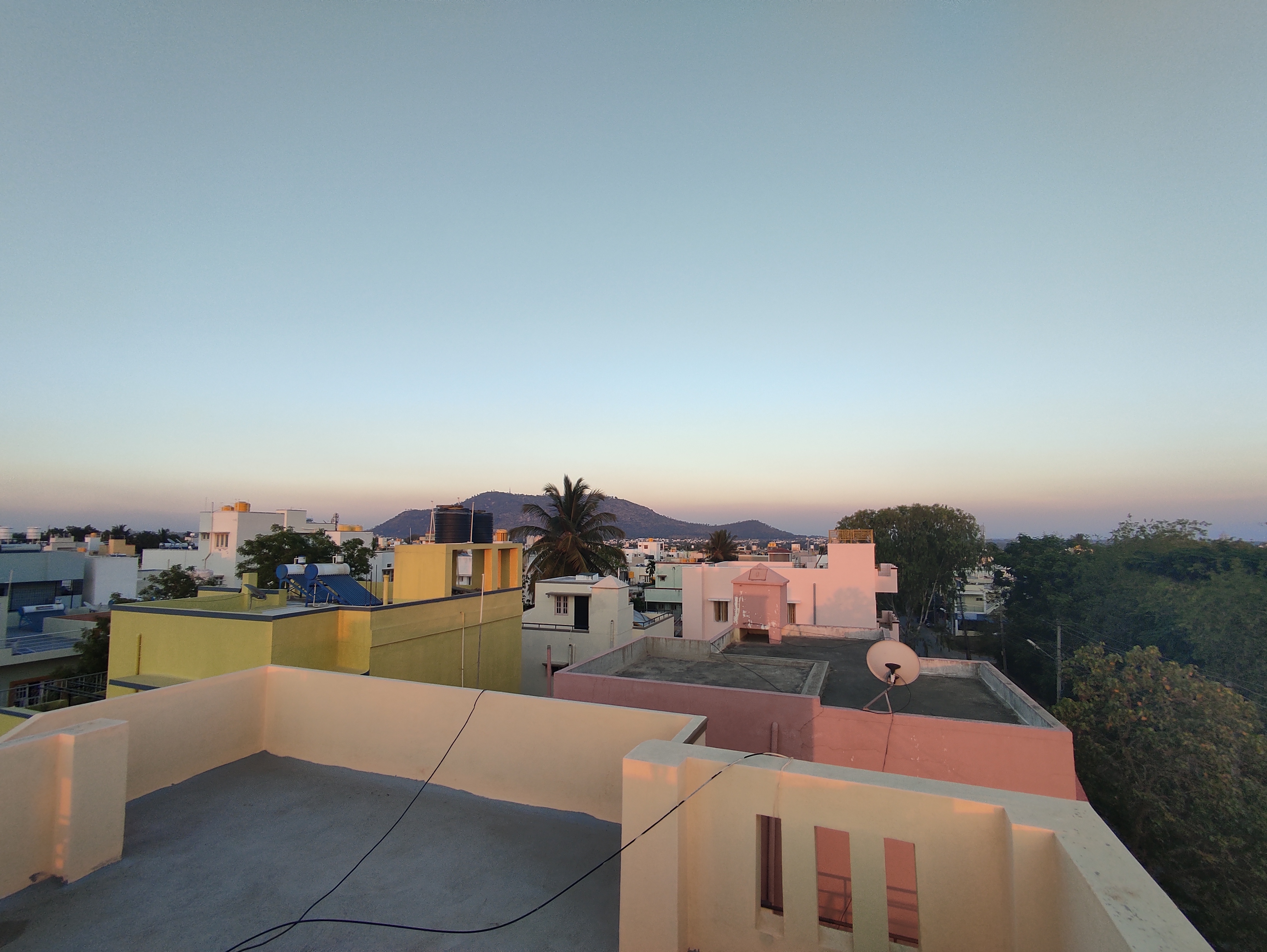


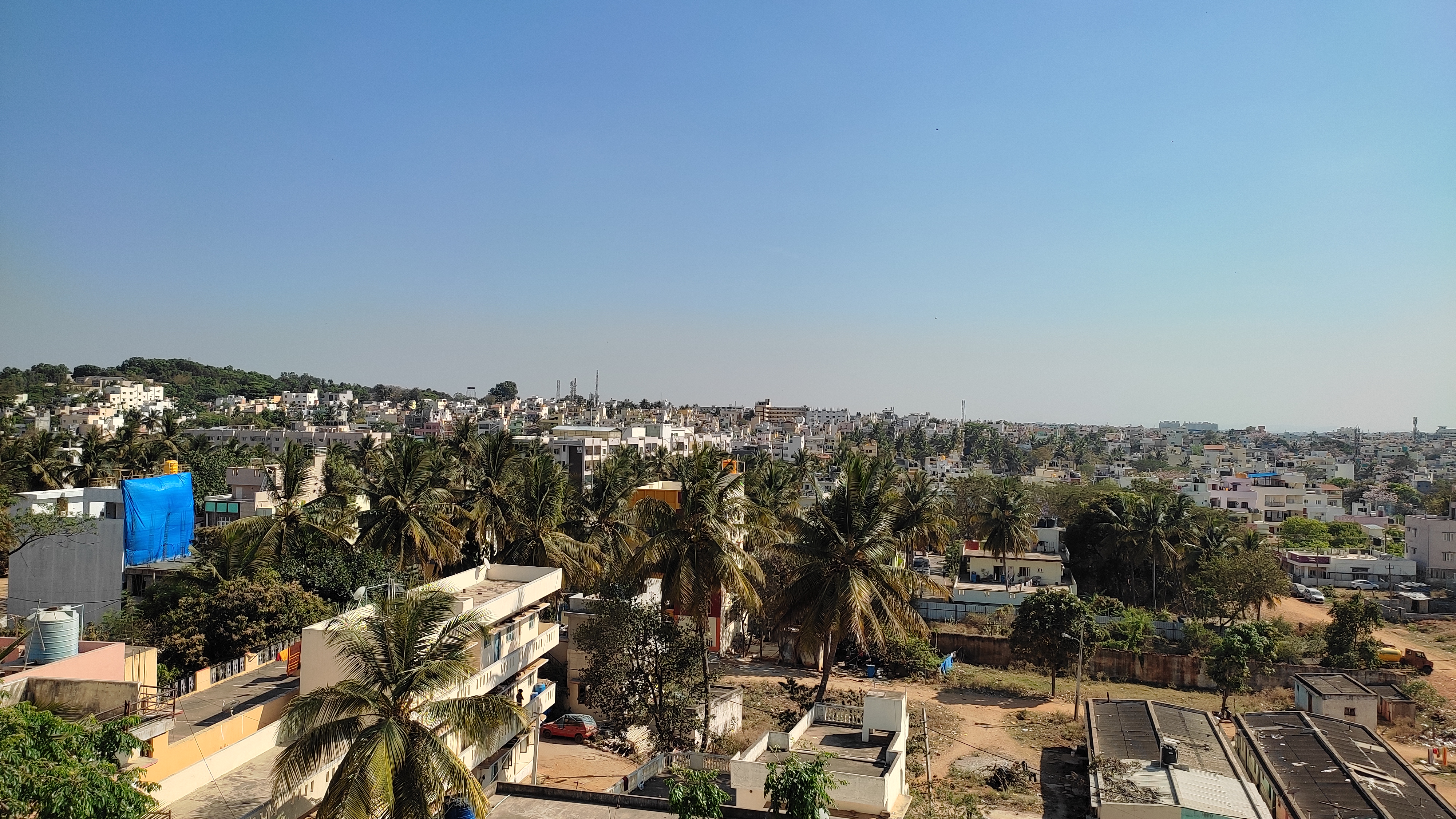
The 8MP ultra-wide-angle lens captures a 118-degree field of view. The overall quality is not that great but can be used when and if needed. It does do a good job of retaining most of the colours, and other details as compared to the main camera.

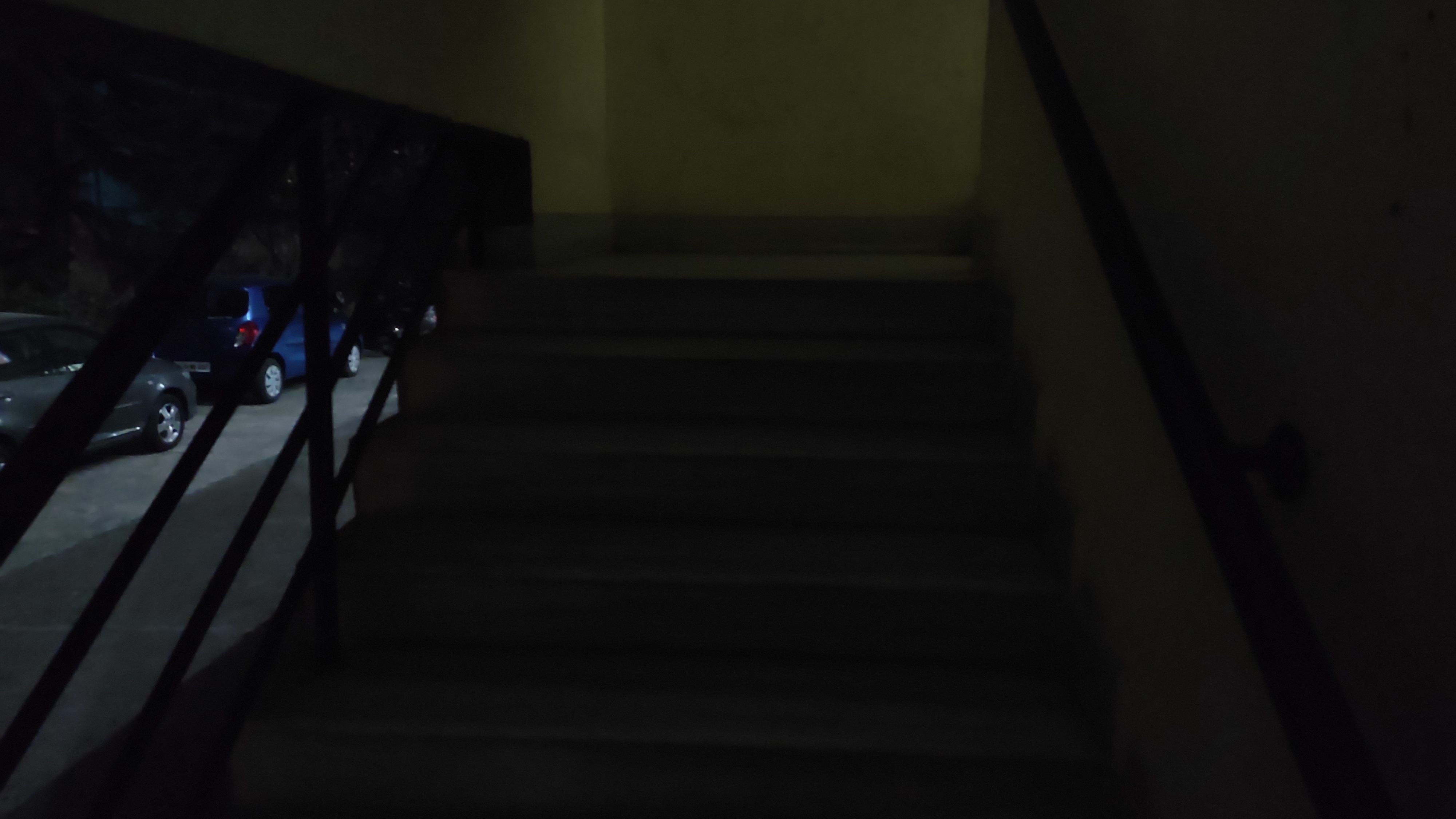



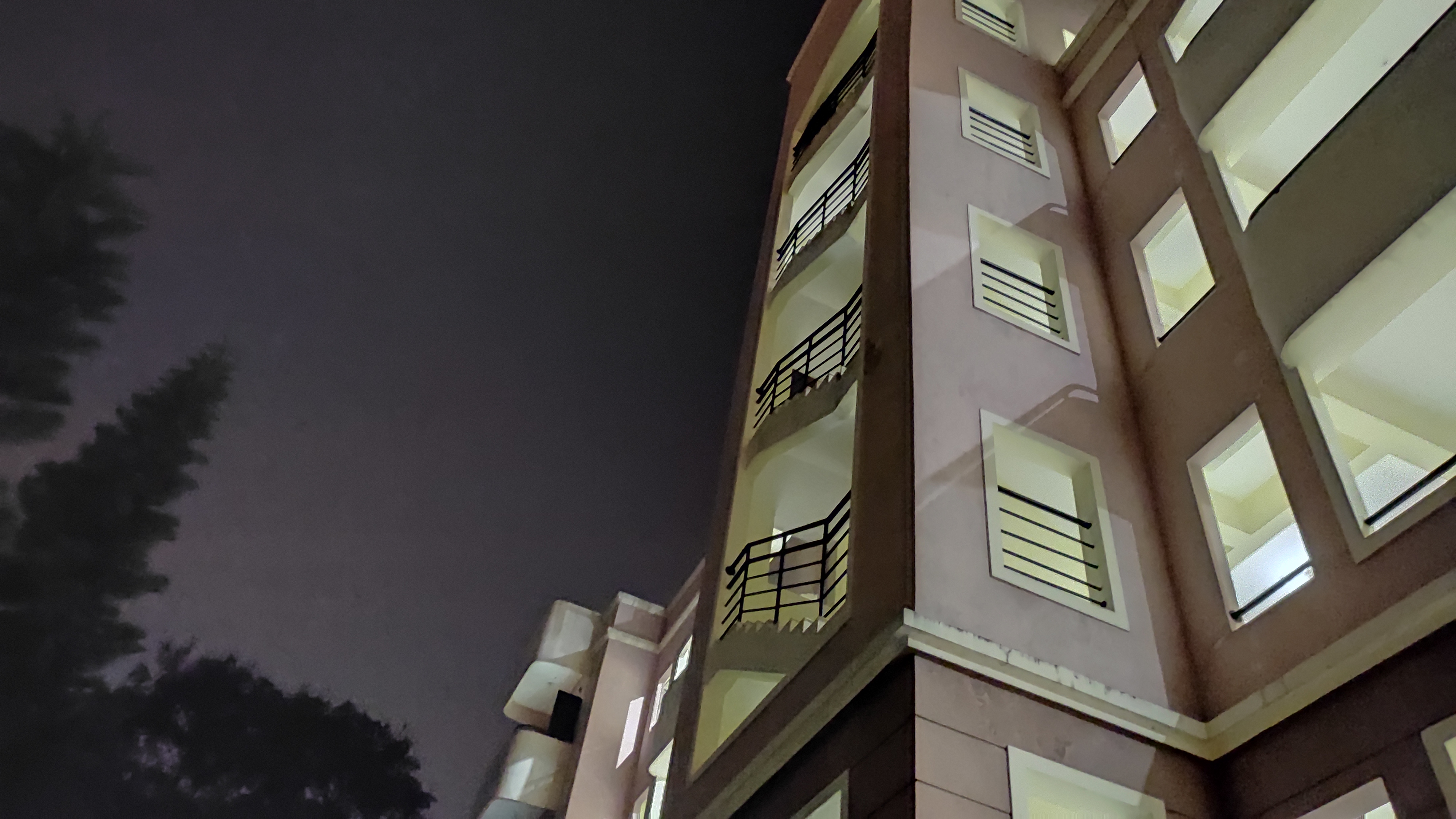
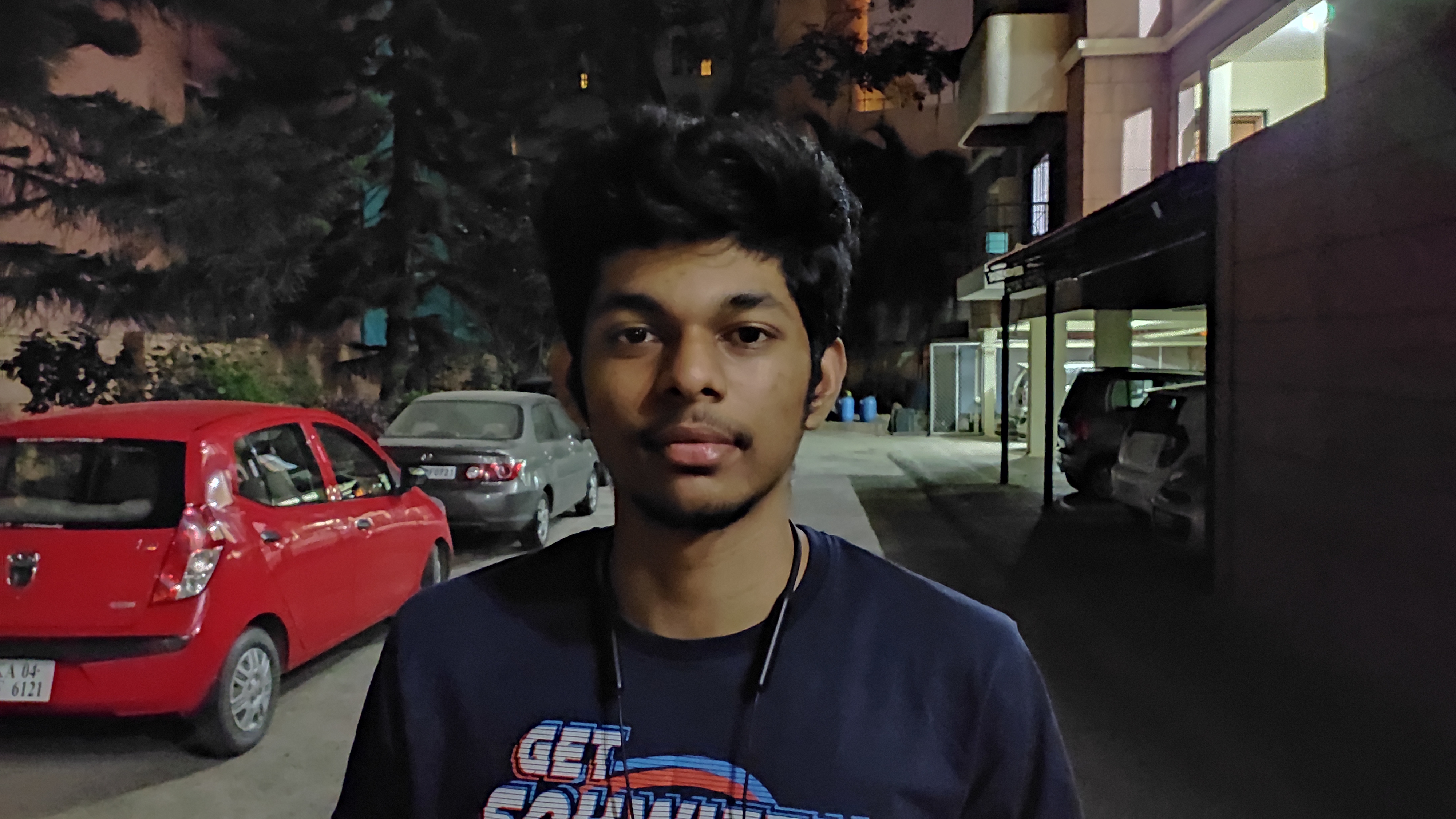


It also comes with a dedicated Night mode which is just okayish. You will have to keep your hand steady and focus on the subject properly so you get the best output possible. Else, most of the times you get blurred and out of focus images. The Night mode images get a brightness boost which in turn also brings more colour and exposure. The wide-angle shots are very bad and unusable in most cases.



The 2MP macro camera is a disappointing addition and it’s hard to get a good close up shot as we faced the focusing issue. The macro shots are not reliable and definitely not as good as the elder Pro and Pro Max siblings.
The depth sensor does a good job and products good looking portrait shots with fairly good edge detection.


Selfies are handled by a 13MP shooter located inside the centre punch-hole notch. The daylight shots come out decent, but over sharpeners more often than not. The quality of the front camera took a hit when I was on a video call over WhatsApp - the video was too grainy and we did not have a great experience. Portrait images from selfie camera tend to overexpose images.
The camera can also shoot up to 4K video on the back and 1080p on the front camera. The camera also packs in a few more modes like short video, panorama, doc, slow-mo, timelapse, AI watermark modes. Though the camera app is not as feature-packed as the Pro variants, it's decent for a budget phone. The sky replacement also makes its way along with few more edit options in the gallery.
Software
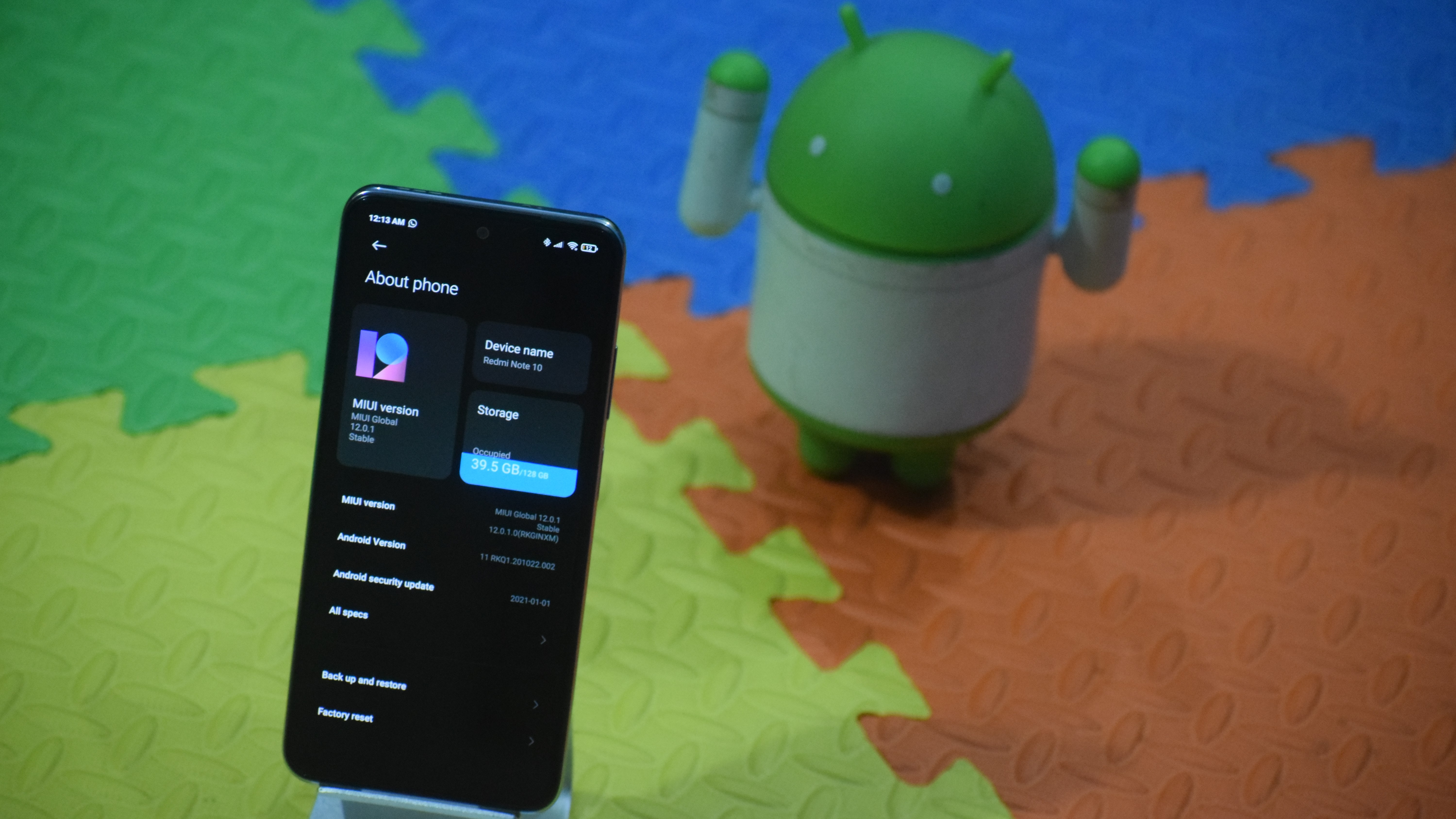
On the software front, the Redmi Note 10 runs on MIUI 12 based on Android 11. The company has promised to roll out the latest MIUI 12.5 in the coming days. For now, the phone is rocking MIUI 12 with features like animated UI, a new control center which also supports smart home devices, additional security and privacy features, floating windows, and more.
As for the navigation, you can either switch to full gestures or use the old-styled navigation buttons. The default launcher allows you to choose -1 screen as Google Discover feed and also allows you to play with icon size and home screen grid size. In the Always-on Display settings, you also get an option to switch to an animation that runs over the border of your screen when you get a notification - this is my personal favorite feature. You also get double tap to wake/turn off and raise to wake options.
You get a Privacy protection menu inside the menu. This screen consists of a list of comprehensive permission and privacy-related options. The main screen here shows how many apps are using the location, contacts, call logs, microphone, storage, and other permissions. You can click on any of them and check the list of apps that are accessing that particular permission and revoke the permission if needed.
MIUI 12.5 will allow users to uninstall system apps
In terms of the built-in apps the phone does come with a handful of pre-installed apps such as GetApps, Mi Credit, LinkedIn, Mi Pay, Netflix, MX TakaTak, Scanner, Security, and ShareMe. Some of these apps are uninstallable and some can’t be. Personally, for me I feel the GetApps is the most annoying app on the MIUI 12 which keeps forcing you to update/install apps - this can't be uninstalled or force stopped, but the best you can do is to disable the notifications. Also, another thing that I didn't like about the phone’s software is the fact that it almost forces me to update apps from the GetApps store instead of Google Play Store.
There were few push notifications now and then which we blocked out and also make sure you disable scanning of apps as soon as you get the phone so that you get an ad-free experience. The phone also managed memory well and the UI was smooth and consistent throughout. Some other handy features include button shortcuts, quick ball, one handed mode, Game turbo, video toolbox, and Lite mode.
Overall, the software was right for their most part on the Redmi Note 10 barring a few things that we mentioned above. The MIUI is still one of the most customizable software in the market. The company says the upcoming MIUI 12.5 will allow users to remove some of the system apps and keep only the core apps.
Battery

A 5,000mAh battery unit powers the device which is backed by a 33W fast charger, an upgrade from 18W on the Redmi Note 10. The device could easily last for a day with medium to heavy usage and we got around 6 to 7 hours of screen time consistently which is pretty good for our usage. On some days, we even got close to 8 hours which is pretty solid.
As for the charging, Xiaomi claims the device can fully charge in 74 minutes from 0 and 67% in just 30 minutes, that number never turned in our testing. The device took anywhere from 1 hour 39 minutes to 1 hour 45 minutes to completely charge and 43 to 46% with 30 minutes of charge. An hour of charge will offer 75% to 80% battery.
Overall, for a sub Rs, 15,000 phone, the inclusion of a 33W fast charger in the box is a pretty sweet deal and the big battery will make sure you get at least one-day battery life.
Biometrics

Gone are the days we had rear fingerprint scanners and this is the era for side-mounted fingerprint scanners. Among all the smartphone makers out there, we feel Xiaomi has implemented the best side fingerprint scanner out in the lot. The fingerprint scanner is flushed on the side of the device, below the volume rockers and is easily reachable in one hand.
Apart from the fingerprint scanner, you also get support for face unlock which did work well without a mask on your face.
Verdict
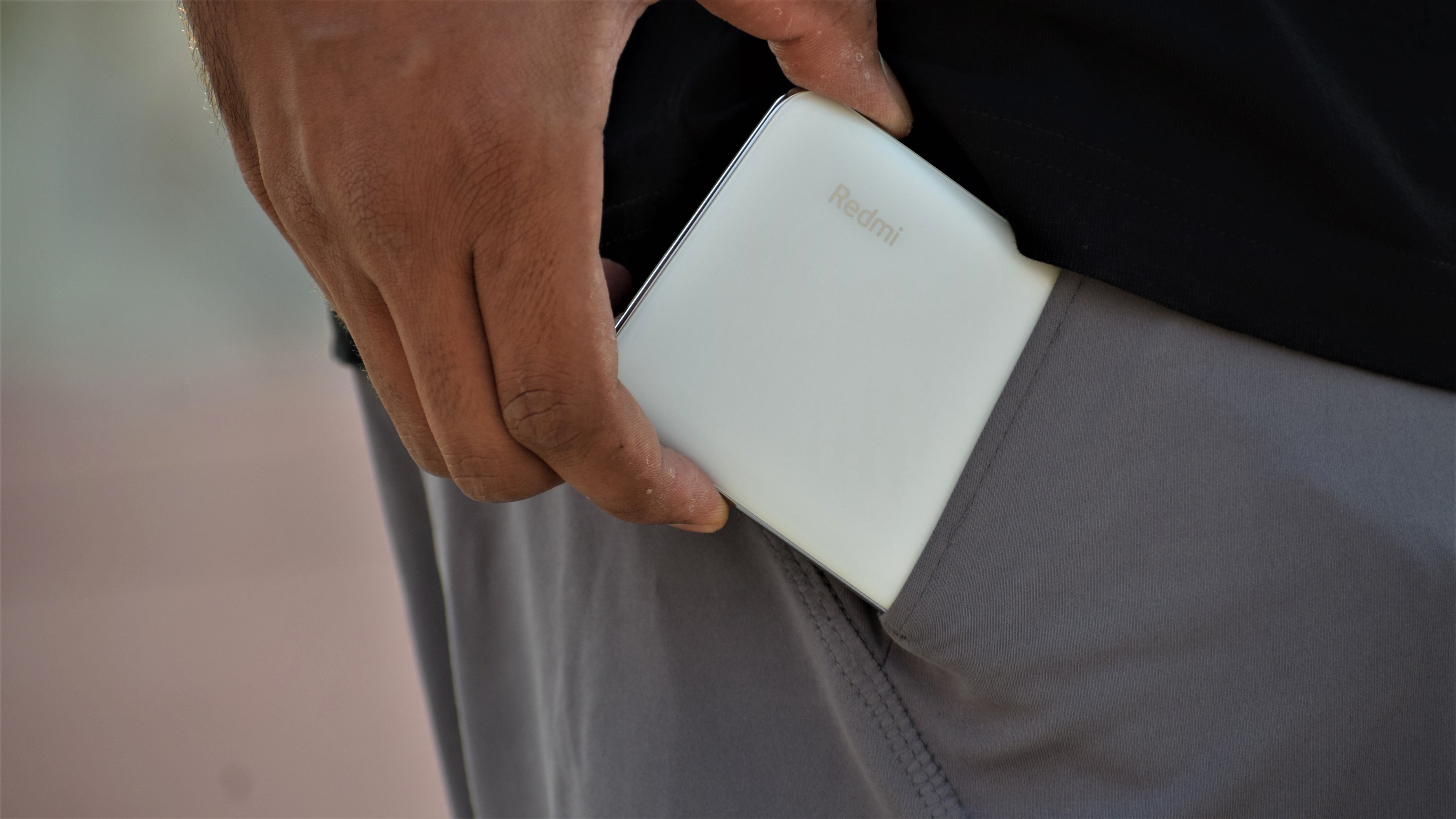
Buy it if...
You want a crisp display
The Super AMOLED display on the phone is an excellent one with nice colour reproduction and peak brightness.
You want reliable battery life
One day battery life is certain even with heavy usage on the device and to back that of, you also get a 33W fast charger bundled in the box.
You need good performance
The last gen Snapdragon 6 series processors were a bit underwhelming and the new Snapdragon 678 seems to handle the Redmi Note 10 pretty well and we had no issues.
Don't buy it if...
You can spend Rs 2,000 more
While the base variant is an absolute no brainer, if you are planning to for the 6+128GB variant, the Redmi Note 10 Pro which starts at Rs 15,999 offers a 120Hz screen, better camera, and feels like a better overall package if you can spend a bit more.
High refresh rate is your priority
If high refresh rate is your priority, the sub Rs 15,000 has started getting phones with high refresh rate screens with the likes of Realme 7i, Moto G30, and Samsung Galaxy M12. But, you will miss out on the AMOLED panels on these phones.
Follow TechRadar India on Twitter, Facebook and Instagram!

Srivatsa is a prolific writer who spearheads the core writing team on tech news, buying guides, reviews, and all gadget articles. He is passionate about technology.

